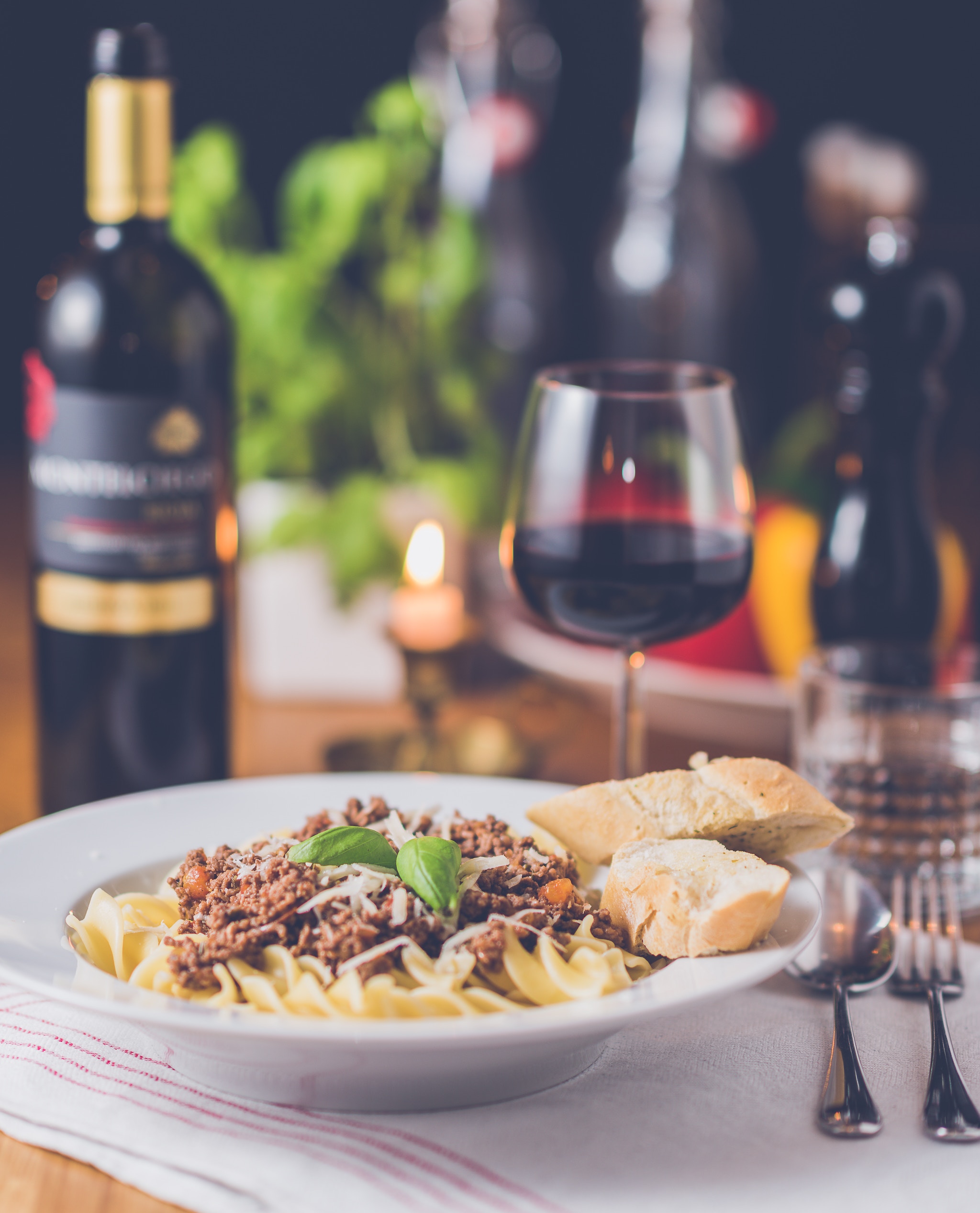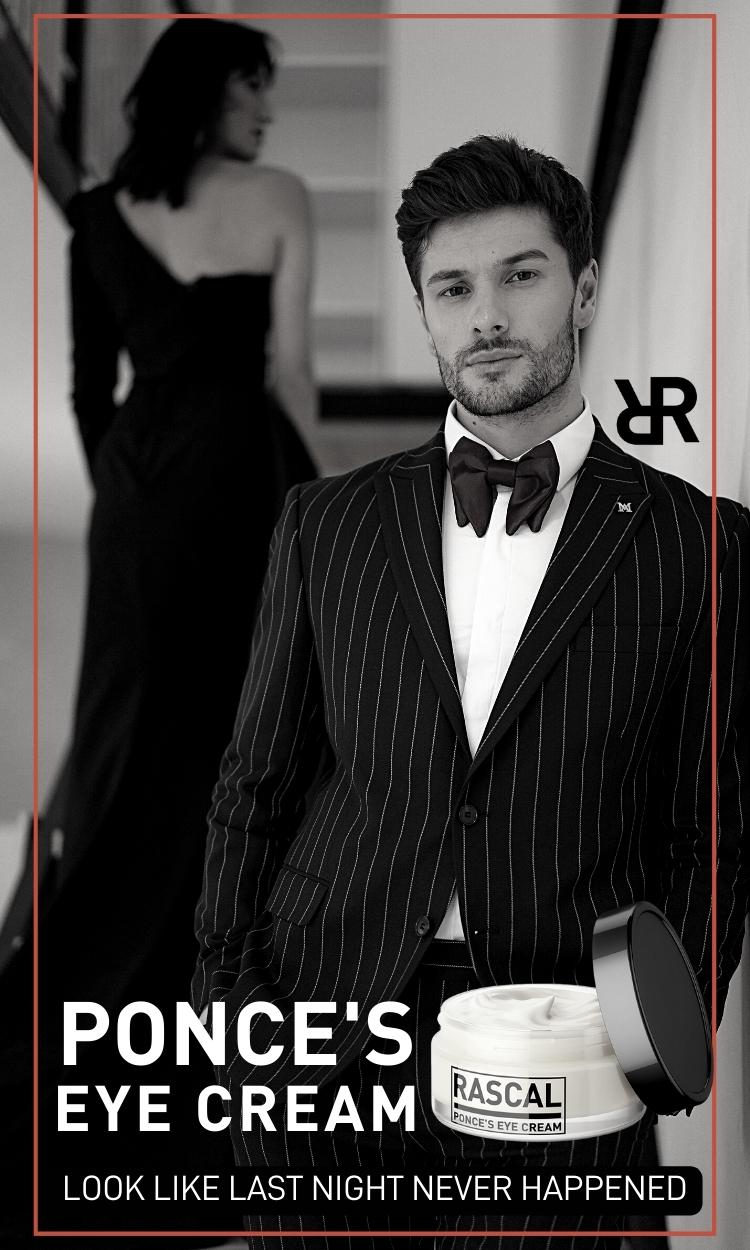Wine, like whiskey, can be intimidating on its own, much less pairing with something else. You may have often experienced those moments when you leaned on a waiter or sommelier to help you pick a good wine to go with your meal as you shrugged your shoulders in cluelessness. While the skills that an expert in wine can take a long time to hone, with a few basics in mind you can be brave and lean on your own thoughts the next time it comes to picking a wine at your meal.
Basics
Whenever you are thinking about pairing something the most basic principle at work can be a focus on similarity vs. contrast. Do I want to accentuate flavors and “double down” on what I’m tasting or appreciate a contrast? The meta-categories you will normally think about when considering pairings include combinations of acidic, sweet, salty, bitter, and fat.
Pairings
The one that many feel comfortable with is bitter + fat. Think of prime rib and cabernet. The tannins in a wine like that really accentuate and bring out the flavors in the meat.
By contrast there’s also acidic + acidic. A pasta dish with tomato sauce goes well with a versatile wine like a chianti. The acid in the dish itself is brought out by the more acidic wine.
Sweet + salty isn’t just for maple bacon, salted caramels, or those of you who like to dump Milk Duds into your movie popcorn. A riesling or gewurtztraminer, sweet wine wines, pair very well with Asian foods (think fried rice or a pad thai).
As dessert looms, so does acid + fat as a possibility. Ever wonder why cheesecake goes so well with sparkling wine and champagne? That combination provides an excellent contrast that your taste buds taste and feel.
You can also go for something simple like a regional pairing. Think Italian wine with Italian food, or an Oregon pinot with a Willamette Valley cheese. You can cheat by knowing that locals are constantly playing with possibilities in their backyard and benefit from these natural pairings.
Just try it!
Don’t rush through the ordering process. Think about flavor profiles and consider what wines you’d like to try with your dishes. Be brave, as everyone has to start somewhere, and if you’re in need of help, don’t be afraid to ask. Many who feel very comfortable pairing their wines to dishes will tell you that they have learned a lot of what they know through chance conversations that started with “I don’t know…” or “I need help deciding…” Don’t be afraid to ask for tastings. It’s not just a trick limited to the ice-cream shop.
If you’re interested in more “pairing” ideas you can check out our article on pairing cigars with alcohol. Do you have a favorite pairing you want to share with us? Do so in the comments to get a 15% coupon off a purchase of a fragrance the next time you visit one of our clubs.



